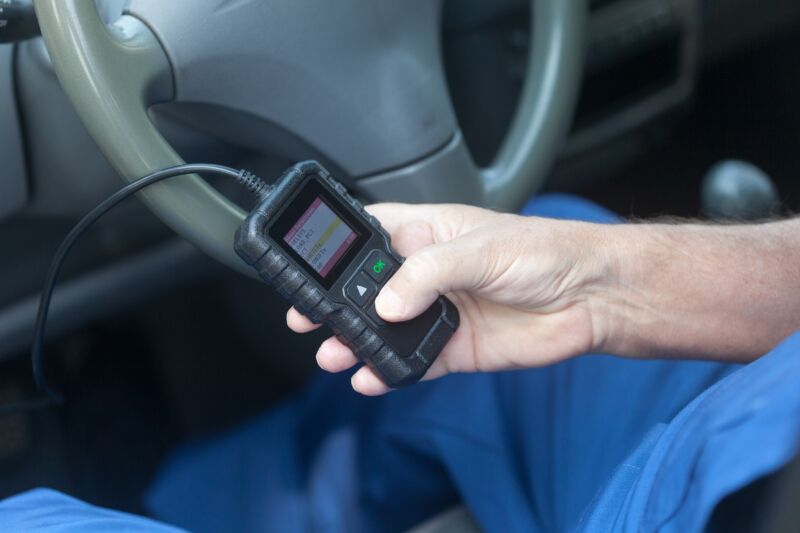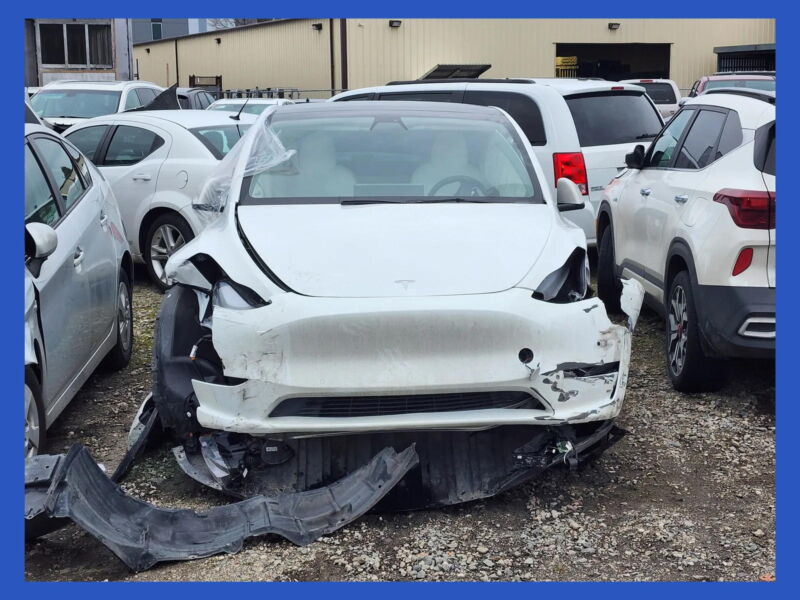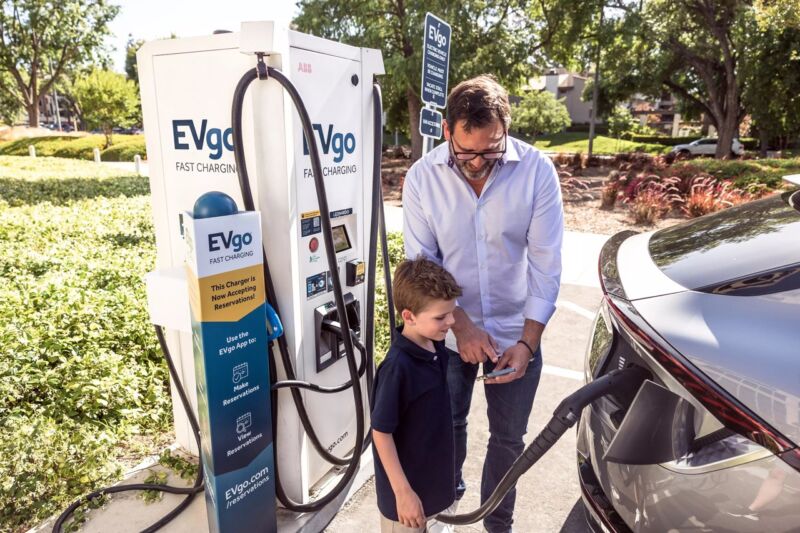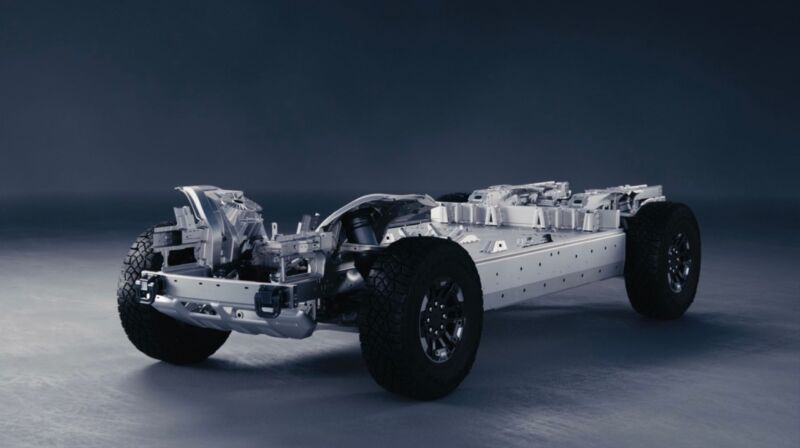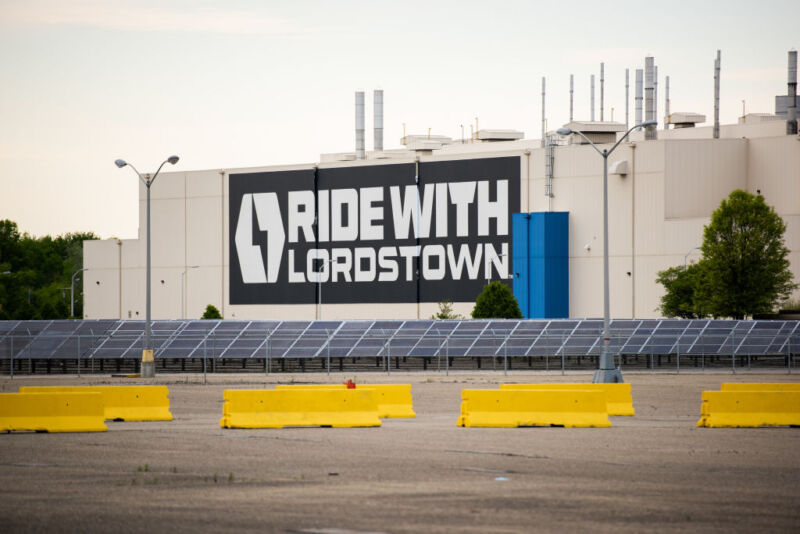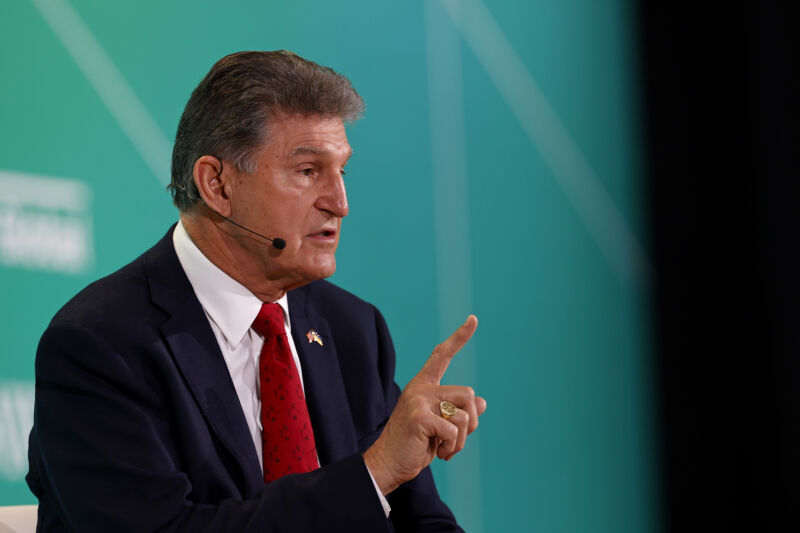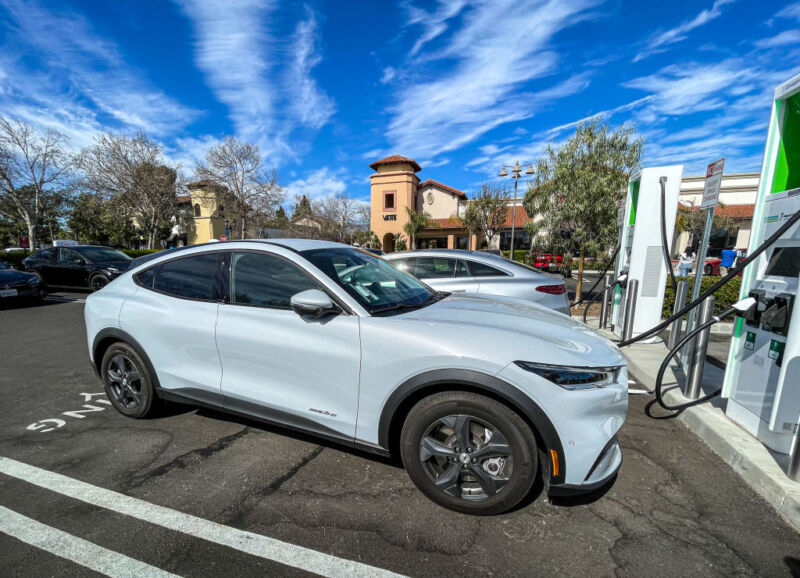-
 chevron_right
chevron_right
Ford F-150 Lightnings will soon offer home AC power, possibly cheaper than grid
news.movim.eu / ArsTechnica · Friday, 8 December - 18:02 · 1 minute
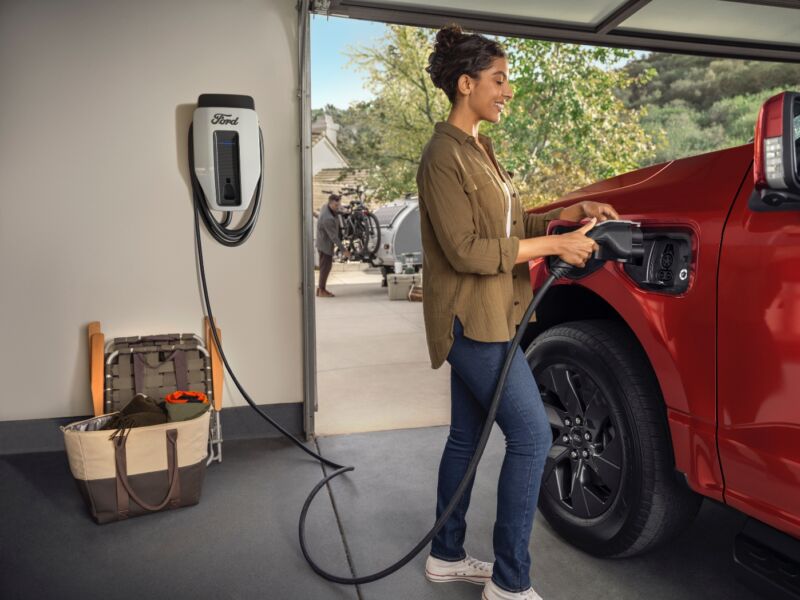
Enlarge / It's a hefty plug, but it has to be so that an F-150 Lightning can send power back to the home through an 80-amp Ford Charge Station Pro. (credit: Ford)
Modern EVs have some pretty huge batteries, but like their gas-powered counterparts, the main thing they do is sit in one place, unused. The Ford F-150 Lightning was built with two-way power in mind, and soon it might have a use outside emergency scenarios.
Ford and Resideo, a Honeywell Home thermostat brand, recently announced the EV-Home Power Partnership . It's still in the testing phases, but it could help make EVs a more optimal purchase. Put simply, you could charge your EV when it's cheap, and when temperatures or demand make grid power time-of-use expensive (or pulled from less renewable sources), you could use your truck's battery to power the AC. That would also help with grid reliability, should enough people implement such a backup.
The F-150 Lightning already offers a whole-home backup power option , one that requires the professional installation of an 80-amp Ford Charge Station Pro and a home transfer switch to prevent problems when the grid switches back on. Having a smart thermostat allows for grid demand response, so the F-150 would be able to more actively use its vehicle-to-home (V2H) abilities.

